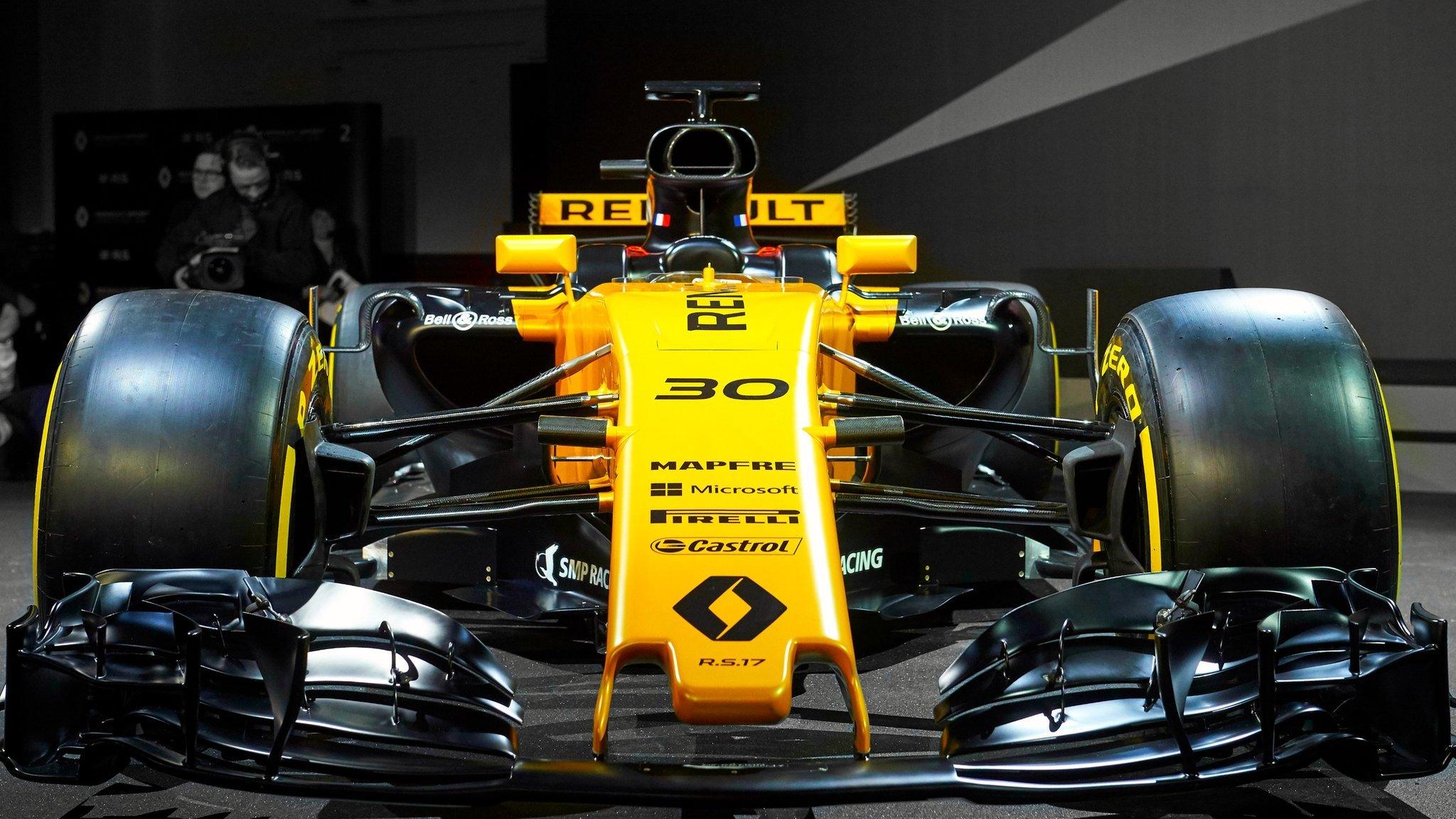Formula 1: Hamilton v Bottas and what else to look out for
- Published
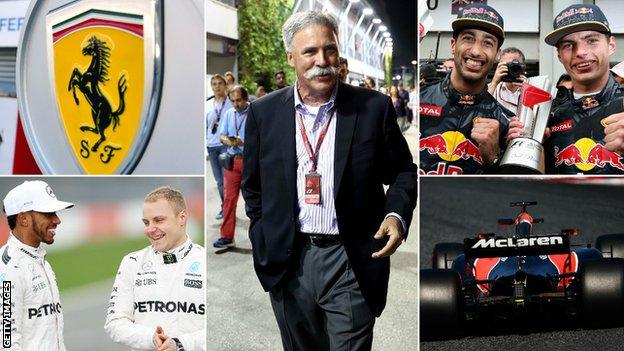
It promises to be a vital season for Ferrari, Liberty Media, Red Bull, Mercedes and McLaren
It is all change in Formula 1 in 2017.
The cars are different - faster, better-looking and much more demanding. There are new driver line-ups - and new drivers. The sport has new owners, with big plans for the future. And it looks like Mercedes might not find things as easy as they have in recent years.
So let's ponder what will be the main issues of the year.
A Ferrari revival at last
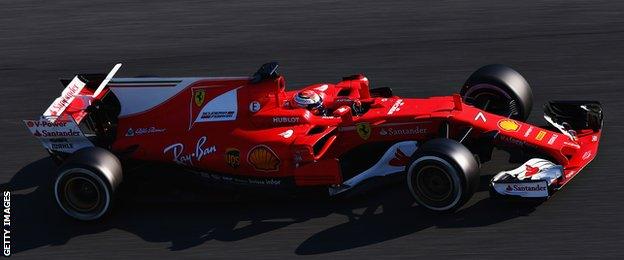
Ferrari: going like stink - instead of just stinking
Ferrari look like they might just have designed a properly competitive car. Not before time, it should be said - it would be the first in nine years.
The SF17 not only features obvious innovations after years of Ferrari being behind the curve in Formula 1 design, but in testing it has been going like stink.
It is not the first time that a Ferrari has looked quick in pre-season. Usually, they have then fallen away when the competition proper started. But this year it appears to be different.
No matter who you talk to, or how you do the numbers, the Ferrari looks genuinely quick. So much so that Lewis Hamilton said they were "possibly the favourites".
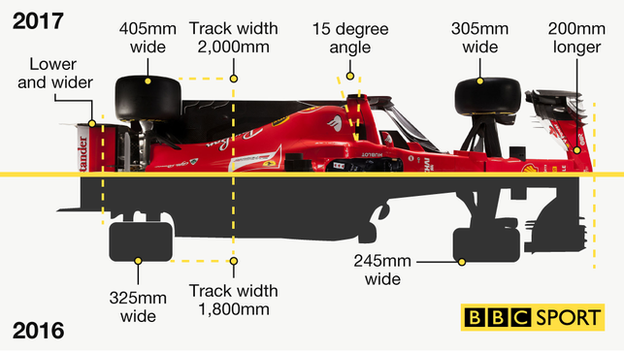
The difference between this and last year's cars
Ferrari have flattered to deceive so many times in recent years - their inability to produce a car that could compete with the best drove Fernando Alonso to distraction so much that he took the otherwise inexplicable decision to join McLaren-Honda.
Inevitably, then, many in F1 are having difficulty believing that this time it could be real.
Melbourne and the rest of the season may yet prove it not to be, but right now it looks like it is. And if Sebastian Vettel and Kimi Raikkonen are genuinely in contention it will be something to see.
At the same time, Vettel's contract runs out this year. Will he sign another? Or might he be tempted away by Mercedes? Stability has rarely been a Maranello strong point.
Can Bottas get near Hamilton?
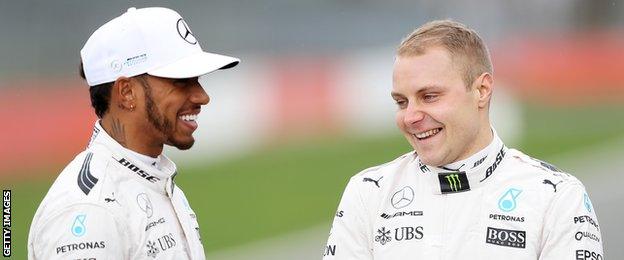
On paper Hamilton is the boss in this pairing - but Bottas has had his bullish moments behind the wheel
Lewis Hamilton has a new team-mate this year after Nico Rosberg decided the only way was down following his title win in 2016.
The latest man set the task of competing with the fastest driver in the world is Finland's Valtteri Bottas.
Mercedes F1 boss Toto Wolff prised the 27-year-old out of Williams - at the cost of a lot of money among other things - because he saw him as the closest he could get to a like-for-like replacement for Rosberg.
That means someone quick enough to keep Hamilton on his toes, and a team player who will not rock the boat.
But three years alongside Felipe Massa at Williams have proved little about Bottas' ultimate ability to compete at the very top of F1.
Bottas comfortably beat the Brazilian - but his superiority over Massa was nowhere near as great as was Alonso's when they were team-mates at Ferrari. Which doesn't necessarily tell you anything, but might.
So will Bottas be another Rosberg - quick and dependable, talented enough to run Hamilton close but only good enough to beat him occasionally? Or another Heikki Kovalainen, Hamilton's McLaren team-mate in 2008 and 2009 - decently talented but hardly ever anywhere near Hamilton's level? Or better than both of them?
If he's Rosberg, things at Mercedes will continue much as they have for the last few years - and Bottas will almost certainly be retained for 2018.
If he's Kovalainen, the atmosphere in the team will be a lot more comfortable than it has been, but Mercedes might find Hamilton even more 'superstar-y' than he can already be from time to time - and Wolff will be looking for a new driver.
And if he's better than both, things could get really interesting, really quickly.
The Red Bullfight
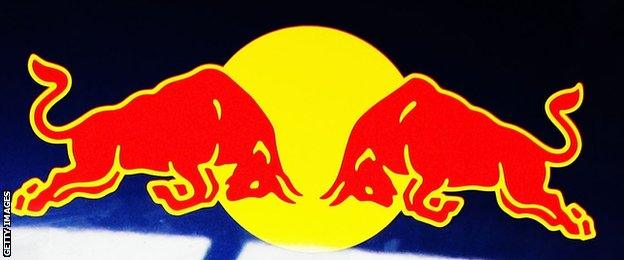
As much as Red Bull want to have the fastest car in 2017, it would bring their two super-talented drivers head to head - and not in a good way...
Daniel Ricciardo v Max Verstappen was already a compelling watch in 2016, and it is only likely to get better this year.
There is more hype around 19-year-old Verstappen than any young driver since Hamilton. And by and large he has lived up to it.
A maiden win in his debut race for Red Bull last May was pretty spectacular - even if he was helped by the team inadvertently strategising Ricciardo out of the way.
But even that paled into insignificance compared with his stunning drive in the wet in Brazil, a performance that drew legitimate comparisons with Ayrton Senna.
The fly in the Verstappen ointment, though, was that over the season Ricciardo was the more impressive performer. He out-qualified Verstappen more often than not, and he out-scored him comfortably, too. In fact, Ricciardo was arguably the best driver on the grid last year.
But neither that nor a controversy over his defensive driving tactics did anything visibly to dent Verstappen's sky-high self-confidence, and the Dutchman did seem to develop a momentum in the latter stages of the year, more frequently out-qualifying Ricciardo as the races went by.
Ricciardo is a potential champion in his own right, but if Verstappen is to live up to expectations, he will have to start establishing himself as the faster and better driver this season.
Verstappen will be as determined to do that as the feisty Ricciardo is to stop it - and don't be fooled by the Australian's sunny demeanour; he is as hard as nails underneath the smile.
If Red Bull are contenders for regular wins - as many expect them to be - this one could go nuclear.
Oh Honda. What now?

Vandoorne enjoys another outing in the new McLaren
If they repeat the form showed in pre-season testing, McLaren-Honda will be struggling to get off the back of the grid in Australia this weekend.
That's with one of the cars being driven by Fernando Alonso, one of the greatest Formula 1 drivers of all time; and the other by a novice who shows every promise of being a star himself, Belgian Stoffel Vandoorne.
The McLaren chassis does not appear to be anything special - although it is hard to tell, because the fundamental reason for this is the catastrophic performance of Honda's redesigned engine.
After two difficult seasons since the start of their relationship with McLaren, Honda has effectively built a Mercedes engine this year, in the sense of copying their design philosophy. The problem is it doesn't go like one. In fact, it hardly goes at all.
Will Honda have solved in the two weeks since the last test problems that stopped the car running more than 11 laps at a time, and left it nearly 30km/h slower than the best on the straights? Unlikely.
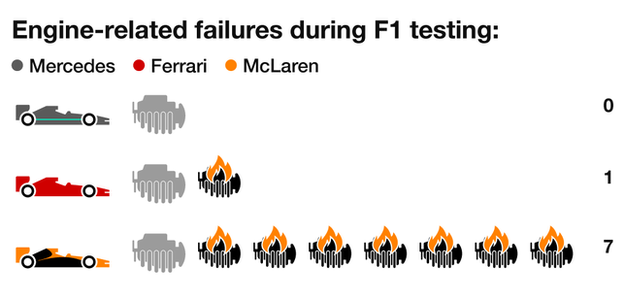
Can they, ever? That's the bigger question.
BBC Sport revealed last week that McLaren have already sounded out Mercedes about a future engine supply if the Honda relationship cannot be made to work.
That will have come as a shock to Honda, but the question is, how do they respond? If there is as little evidence this year as there has been in the last two that the Japanese giant knows how to make a competitive F1 engine, then the writing could be on the wall.
Alonso's future is also bound up on this. The Spaniard's contract with McLaren runs out this season, and he has already indicated that the new cars are enough of a step forward in terms of challenge for him to want to stick around.
But if McLaren cannot find a decent engine, he will be looking for a new employer. Even if it is not immediately obvious who that could be.
He's unlikely to want to return to Ferrari - and they may not want him back, although if Vettel left that could change things. Red Bull is a non-starter. One suspects Alonso might have Wolff on speed dial.
How will the sport change?
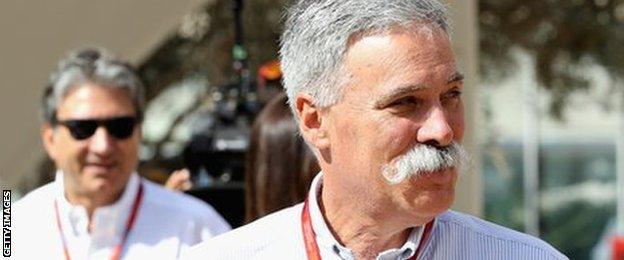
Carey comes in to run F1 at a time when it is bringing back some of the historic features which made it great - such as fatter tyres, fierce cars... and moustaches
One of the big questions heading into 2017 is how the new cars work, both in terms of challenging the drivers and improving the spectacle, and how the races might change.
Hot on its heels is when new owners Liberty will start to make changes and what they will be.
Some of this is known - Liberty have made it clear they want to make a bigger promotional impact with grands prix themselves.
Beyond that, the shape of the calendar will change sooner or later. Liberty is keen to establish new races in the Americas - north and south - and Asia. And less enamoured of what might be called 'propaganda' races such as Azerbaijan, where a grand prix is held in a country for no obvious reason other than to give its regime a cloak of respectability.
Equally, former Mercedes team boss Ross Brawn has been charged with making the sport "purer and simpler".
The controversial DRS overtaking aid is in his sights. But he will be looking far and wide - at how to change the design of the cars to make racing closely more feasible; at what the engine formula should be post-2020.
While all this is going on, Liberty has to begin negotiations with the teams over new contracts - all but one of them are committed to F1 only as far as 2020.
Up for discussion? A more equitable balance of payments. Ferrari's $100m bonus for, well, being Ferrari. And the political and decision-making structure of the sport itself.
It's going to be an interesting year, all in all.

Meanwhile - at the shops...
- Published16 March 2017

- Published2 March 2017
- Published21 February 2017
